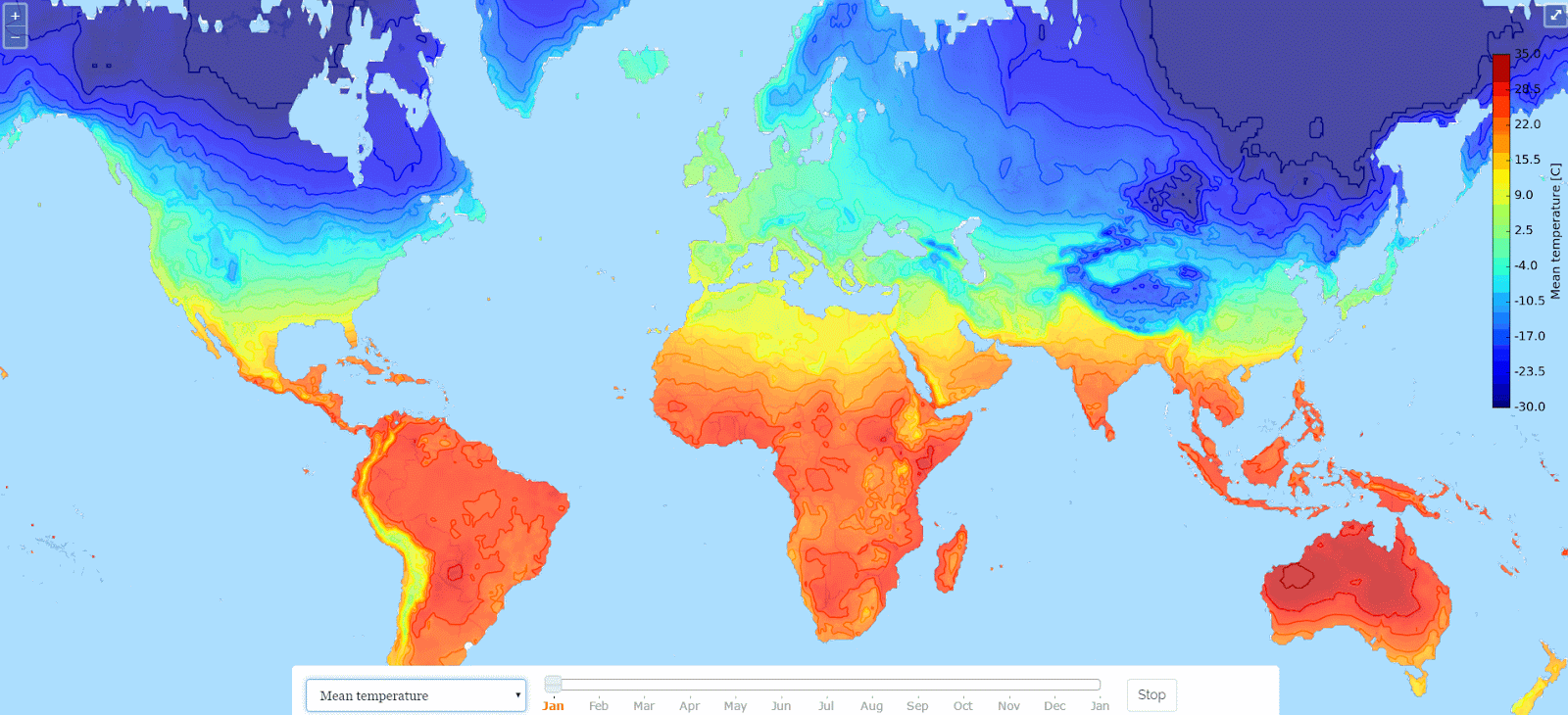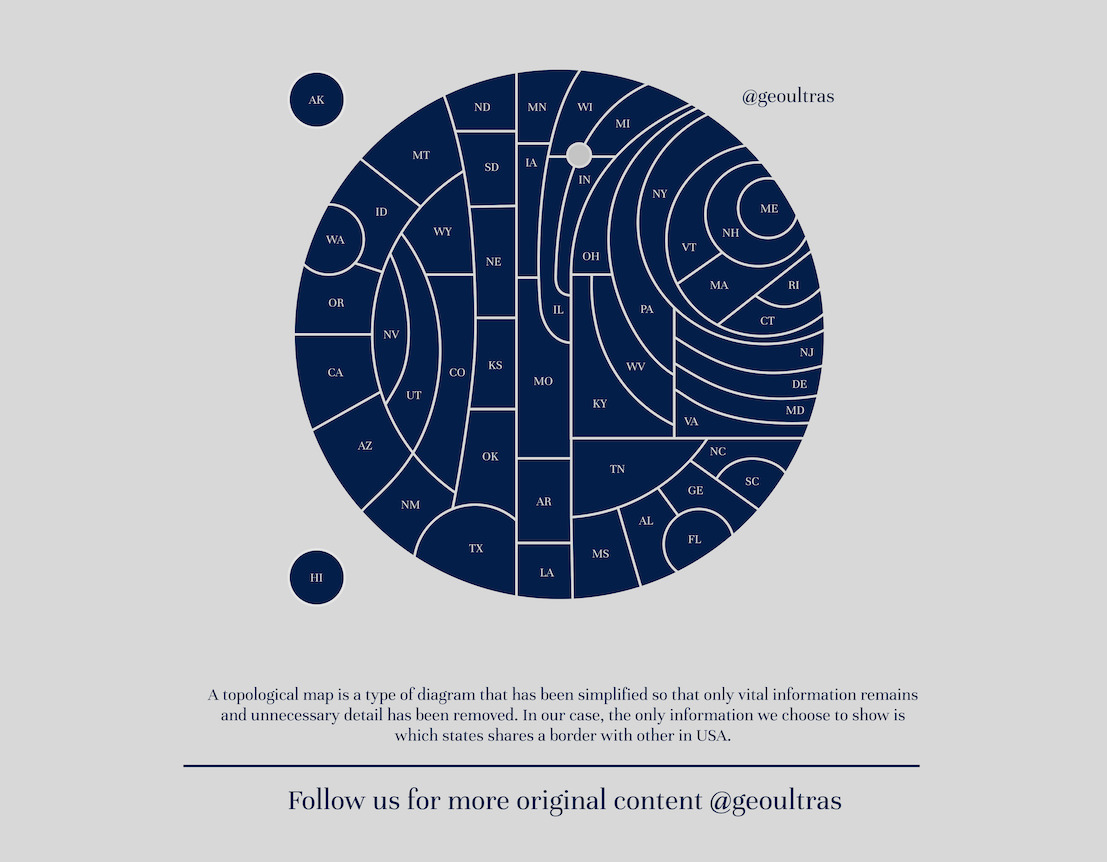I love maps.
Especially GIS.

Many maps are static, fixed to paper or some other durable medium, while others are dynamic or interactive. Although most commonly used to depict geography, maps may represent any space, real or fictional, without regard to context or scale, such as in brain mapping, DNA mapping, or computer network topology mapping. The space being mapped may be two dimensional, such as the surface of the earth, three dimensional, such as the interior of the earth, or even more abstract spaces of any dimension, such as arise in modeling phenomena having many independent variables. Learn more on Wikipedia
-
Electronic
From the last quarter of the 20th century, the indispensable tool of the cartographer has been the computer. Much of cartography, especially at the data-gathering survey level, has been subsumed by Geographic Information Systems (GIS). The functionality of maps has been greatly advanced by technology simplifying the superimposition of spatially located variables onto existing geographical maps. Having local information such as rainfall level, distribution of wildlife, or demographic data integrated within the map allows more efficient analysis and better decision making. In the pre-electronic age such superimposition of data led Dr. John Snow to identify the location of an outbreak of cholera. Today, it is used by agencies of humankind, as diverse as wildlife conservationists and militaries around the world.

Even when GIS is not involved, most cartographers now use a variety of computer graphics programs to generate new maps. -
Climatic
The maps that reflect the territorial distribution of climatic conditions based on the results of long-term observations are called climatic maps. These maps can be compiled both for individual climatic features (temperature, precipitation, humidity) and for combinations of them at the earth's surface and in the upper layers of the atmosphere. Climatic maps show climatic features across a large region and permit values of climatic features to be compared in different parts of the region. When generating the map, spatial interpolation can be used to synthesize values where there are no measurements, under the assumption that conditions change smoothly.

-
Topographic
A topographic map is a map of a region that shows changes in elevation, usually with contour lines indicating different fixed elevations. This is a map that you would take on a hike. A topological map is a continuous function between two topological spaces—not the same thing as a topographic map at all! I thought for sure that there was no cartographic meaning for topological map. It turns out, however, that there is. A topological map is a map that is only concerned with relative locations of features on the map, not on exact locations.

-
Topological
Diagrams such as schematic diagrams and Gantt charts and treemaps display logical relationships between items, rather than geographical relationships. Topological in nature, only the connectivity is significant. The London Underground map and similar subway maps around the world are a common example of these maps.
